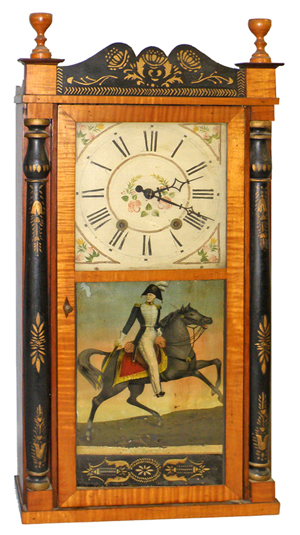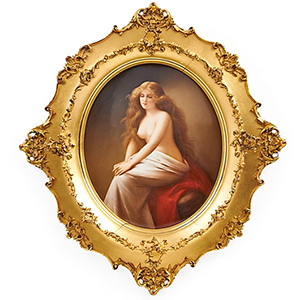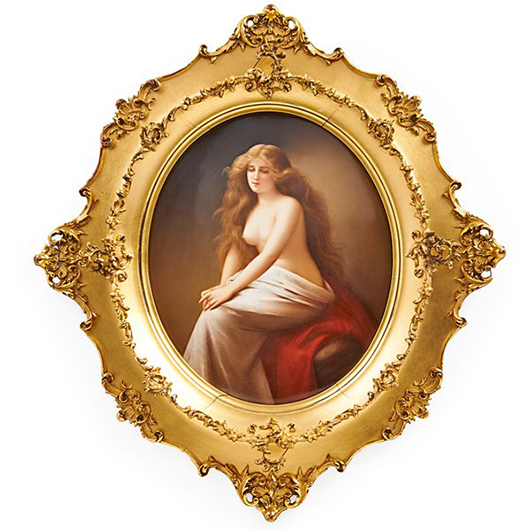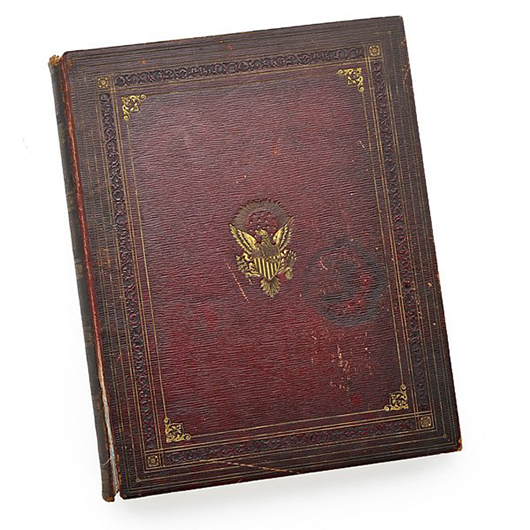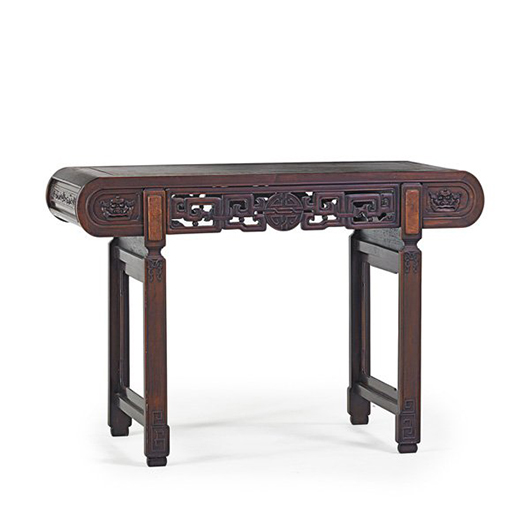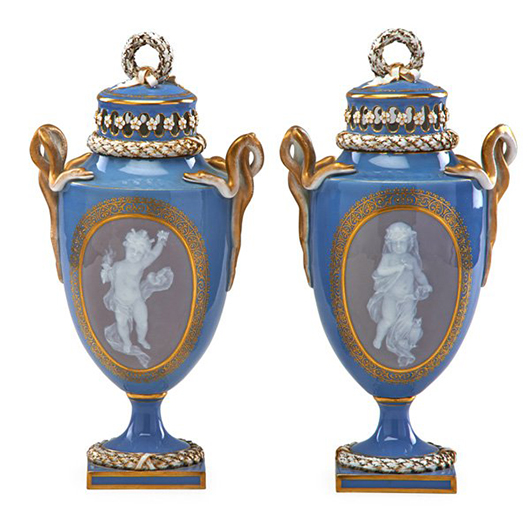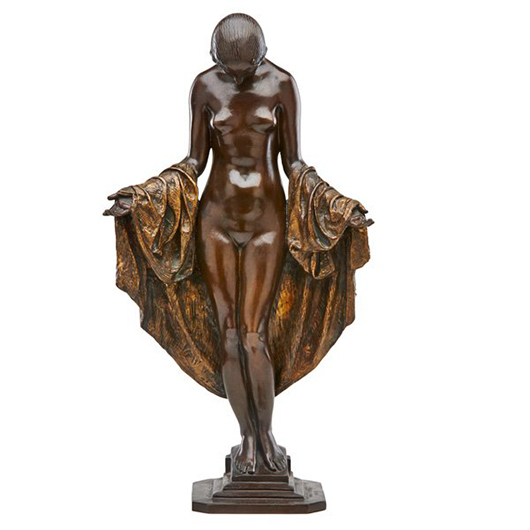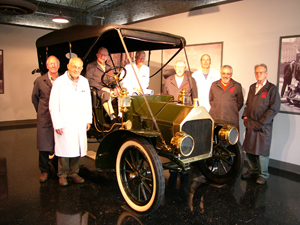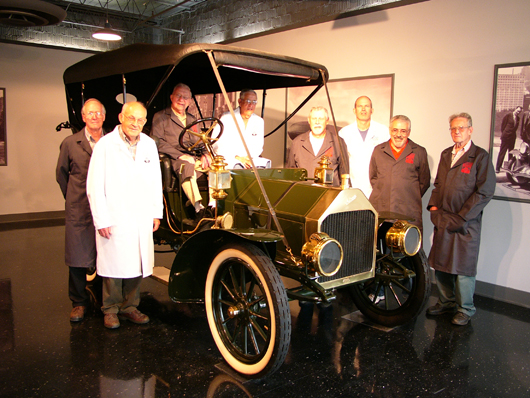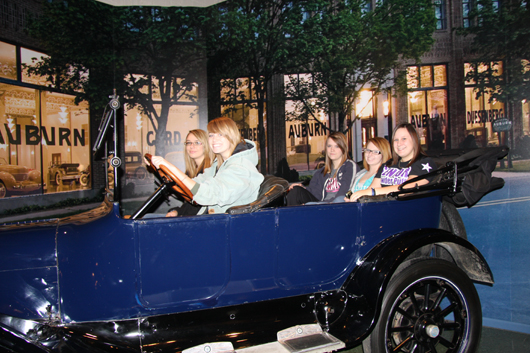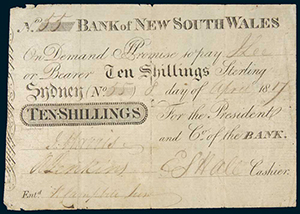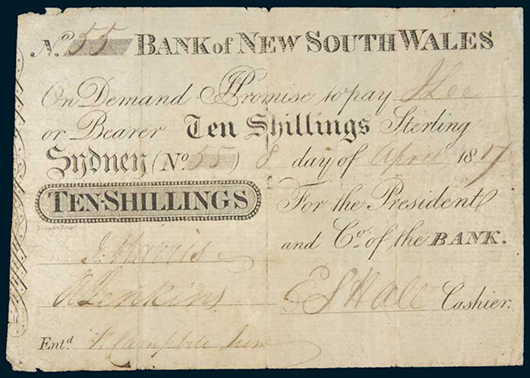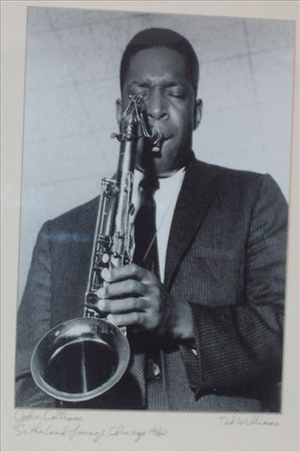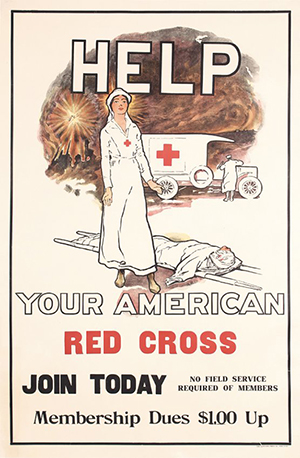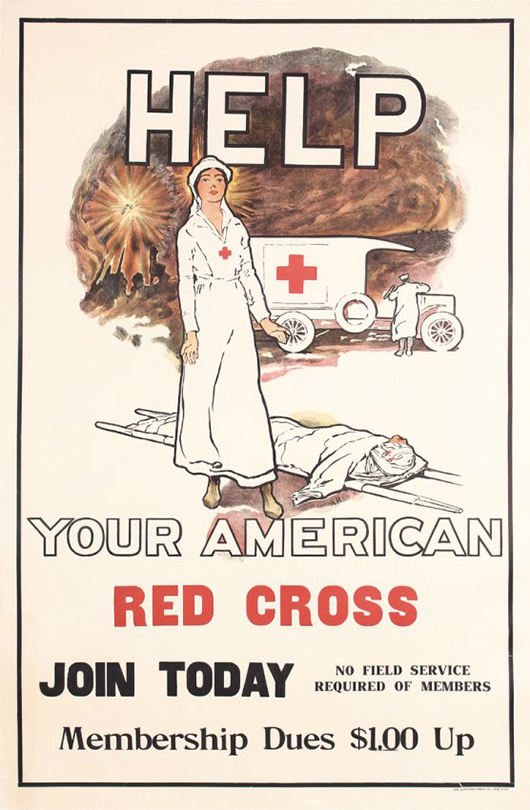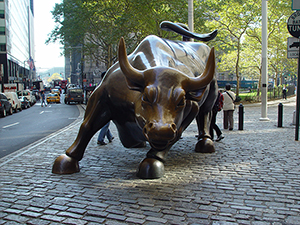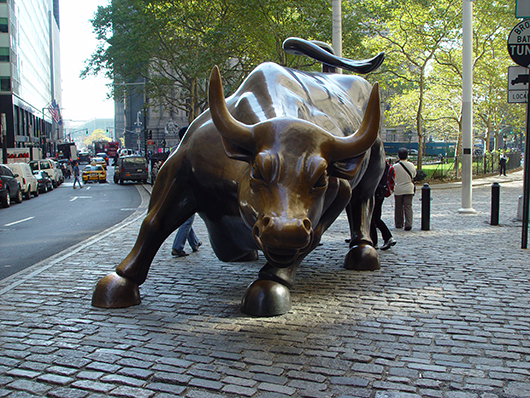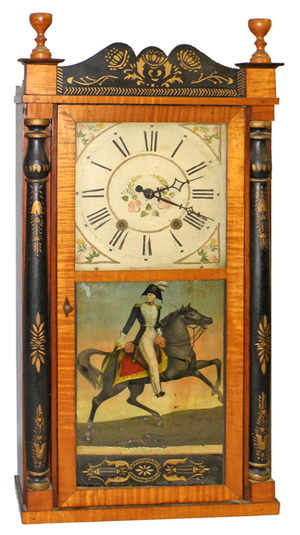
Pillar-and-scroll shelf clock by Elisha Hotchkiss with original woodworks and image of Andrew Jackson on horseback. Mosby & Co. image FREDERICK, Md. – A mid-19th century Sharps Model 1855 carbine (or short-barrel rifle), a Civil War-era inscribed and dated presentation grade sword, and a pair of circa-1800 four-barrel “duck’s foot” pistols are expected headliners at an auction slated for Friday, April 18 at Mosby & Co.’s Frederick, Md., gallery. The start time is 4 p.m. (EST), and Internet live bidding will be available through LiveAuctioneers.
Militaria and weaponry are just one component of the auction, which will feature nearly 300 lots of historical items, Americana, ethnographic antiques (mostly African, Oceanic, pre-Columbian and American Indian) and quality decorative arts.
“This will be a solid, diverse sale, one with strengths across every category,” said Keith Spurgeon, owner of Mosby & Co. “There is something for every taste and budget, from a few dollars to several thousand dollars.” Spurgeon had high praise for the large and fine selection of ethnographic arts and artifacts, most of which came from prominent collections in Maryland and New York.
The Civil War-era Sharps Model 1855 short-barrel carbine is exceedingly rare because it is one of only 600 U.S. martially marked carbines made by Sharps. The carbine was issued to the 1st California Dragoons and the 2nd Texas Dragoons. The example being sold has remained in the same collection dating since the 1960s.
The pair of “duck’s foot” pistols – so-named because of their four splayed barrels – are English made and were used by British Naval personnel during the Napoleonic Wars. They, too, are quite rare, and are considered high grade and in superb condition. A similar pistol, but in lesser condition, was recently auctioned for approximately $12,000.
The Civil War presentation grade officer’s sword is inscribed, “Presented to Edward Lounsbery First Lt. Company B, 179th Regiment, New York Volunteers by the members of his company Petersburgh, Virginia, February 10, 1865.” The sword was presented in battlefield conditions. Petersburg was still under siege at the time, but it finally fell to Union forces in April of 1865.
Other antique firearms that will cross the auction block on April 18th include a Civil War-era Tower Enfield musket – a British import that was used by both the North and the South – with a lockplate dated 1860, and a superb-condition Eli Whitney pistol, also from the Civil War era, that has remained in the same family since the 1890s.
Oceanic art, mainly from New Guinea and other Indonesian islands, will feature ancestor and fertility figures, including a scarce ancestral carved wood figure from Raja Island, located off Indonesia. It depicts a man wearing a headdress with outstretched arms. The selection also includes early 20th-century war clubs from Fiji and the Solomon Islands, one having a carved notch in it, indicating a kill mark.
Other top Oceanic lots include: a 19th-century Indonesian Dayak interior door panel (for use in a long house) with a carved image of the Indonesian spirit guide a pair of early 20th-century Sepik River, Papua New Guinea, carved wood suspension hooks – one of them a rare double hook), an uncommon and nicely carved 19th-century New Zealand Maori canoe bailer with excellent provenance dating to the 1890s, and a 19th-century swing with figures.
African objects include masks from various tribes and the Democratic Republic of Congo. A Senufo mask from Mali is especially appealing, with a chameleon figure carved onto the forehead area. Additionally, the grouping includes a mid-20th-century Nigerian polychromed wood Ibibio headdress, and a late-19th or early 20th-century Dogan carved-wood figure from Mali depicting a warrior on horseback.
Pre-Columbian art includes a Chimu-Inca woven mantle (900-1300 A.D.), an exceptional Mayan Arawak Caribbean Indian tribe Palma celt (or carved stone tool), a desirable carved-stone Chontal mask from Mexico, and many other rare objects.
From the Americas comes a pot signed by the well-known Hopi potter Sylvia Naha (a k a Feather Woman, 1951-1999), decorated with a traditional geometric design; and a fine Haida bowl in the form of a seal, made in the Pacific Northwest or southern Canada. Also, prehistoric pottery pieces and Woodlands Indians items will be auctioned.
The Americana and decorative arts category is led by a circa-1825 walnut with fruitwood veneer Baltimore secretary, an 1883 marble relief sculpture depicting a nymph with cherubs, signed P.J. Seymour; and 19th-century beer steins, including Mettlachs. Also to be sold are a pillar-and-scroll shelf clock by Elisha Hotchkiss, with original woodworks and reverse-on-glass image of Andrew Jackson on horseback, a folk art painted chest, and parlor stove with Minton tiles.
Rounding out the day’s offerings will be original souvenir programs and press photos from Cassius Clay and Sonny Liston’s first fight in Miami Beach (February 1964), and an original English program and poster for the 1975 Ali-Joe Frazier “Thrilla in Manila” fight, with artwork by LeRoy Neiman.
For additional information on any item in the auction, call 240-629-8139 or email keith@mosbyauctions.com.
View the fully illustrated catalog and sign up to bid absentee or live via the Internet at www.LiveAuctioneers.com.
# # #
ADDITIONAL LOTS OF NOTE
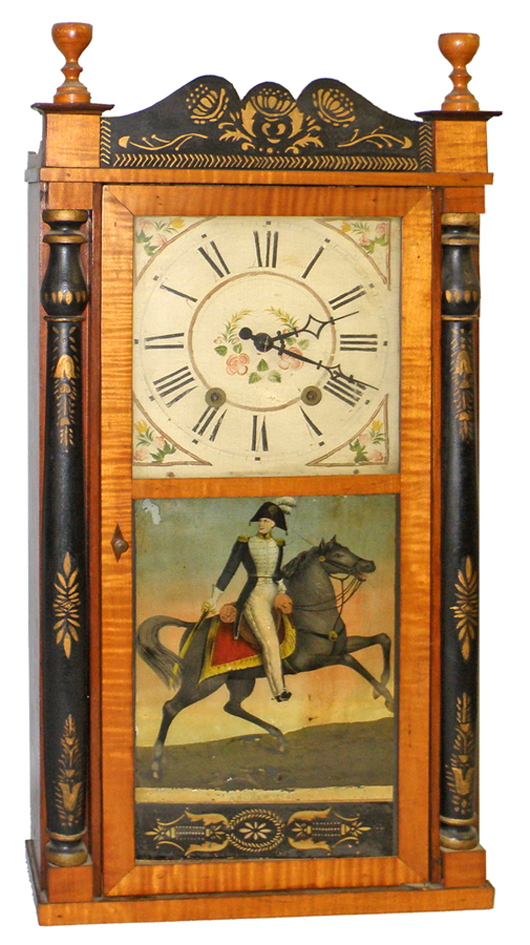
Pillar-and-scroll shelf clock by Elisha Hotchkiss with original woodworks and image of Andrew Jackson on horseback. Mosby & Co. image 
Mid-19th-century M1855 Sharps carbine and one of two “duck’s foot” pistols in the auction. Mosby & Co. image 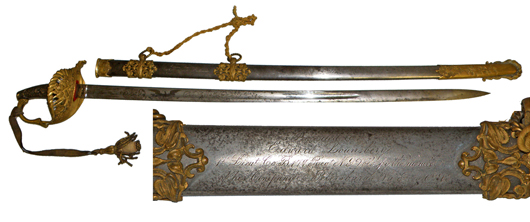
Civil War-era presentation grade sword, inscribed to First Lt. Edward Lounsbery of New York. Mosby & Co. image 
Rare 19th-century Maori canoe bailer, collected by Rev. Alfred Fairbrother, Baptist minister to the Maoris (1882-1885). Mosby & Co. image 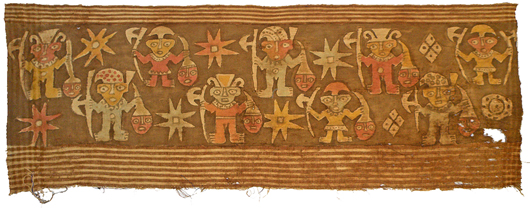
Chimu-Inca mantle depicting warriors holding severed heads, made circa 900-1300 A.D. Mosby & Co. image 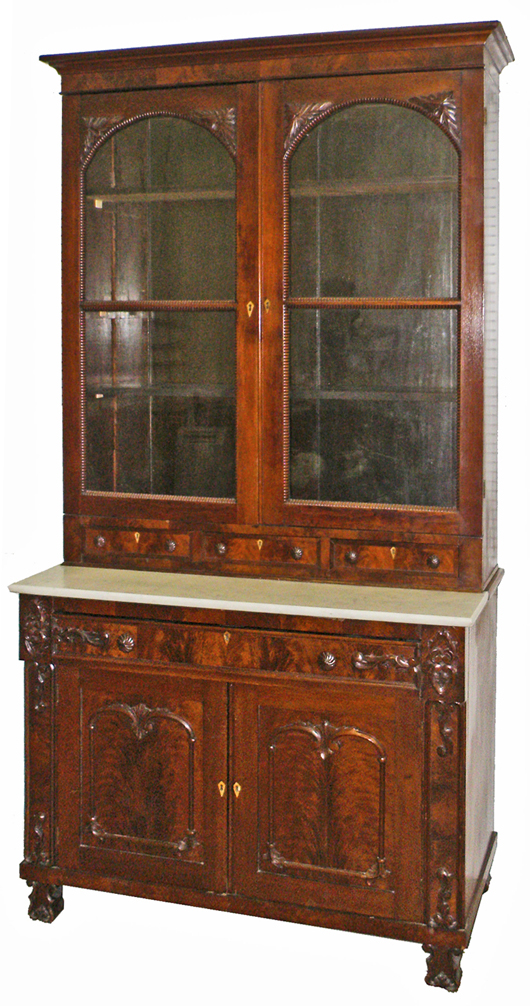
Circa-1825 American secretary from Baltimore, walnut with fruitwood-veneer drawers, 90 inches tall, fine condition. Mosby & Co. image 
19th-century Indonesian ‘swing’ with figures. Mosby & Co. image 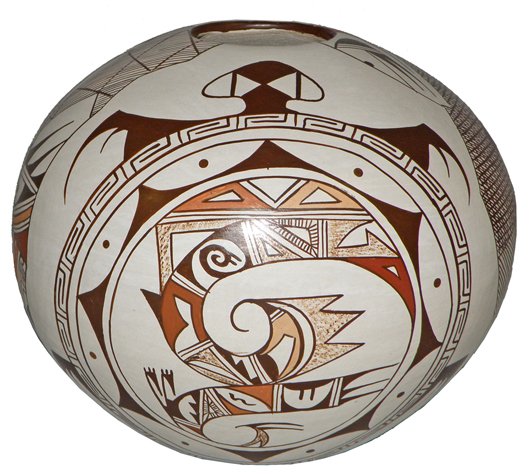
Hopi pot crafted by the noted artisan Sylvia Naha, a k a Feather Woman (1951-1999), 4¾ inches tall. Mosby & Co. image 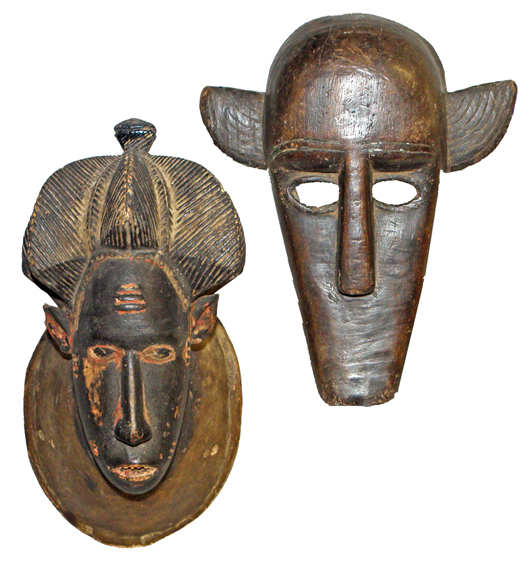
A Baule mask from the Ivory Coast and a Bamana hyena mask from Mali. Mosby & Co. image 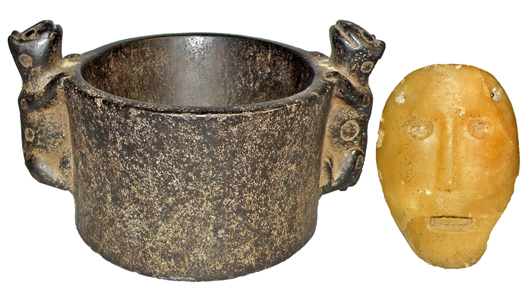
Pre-Columbian carved stone bowl (Argentina, circa 200 BC) and a carved stone Chontal mask from Mexico. Mosby & Co. image


